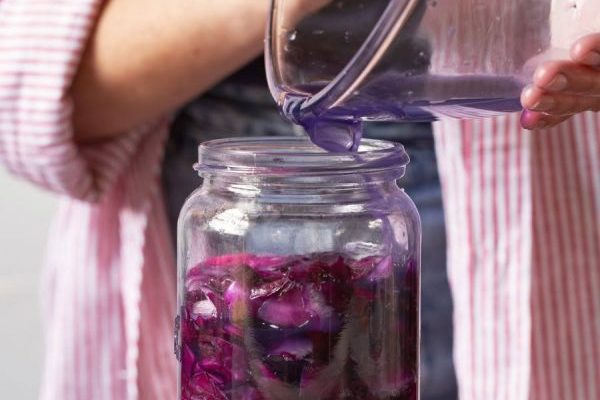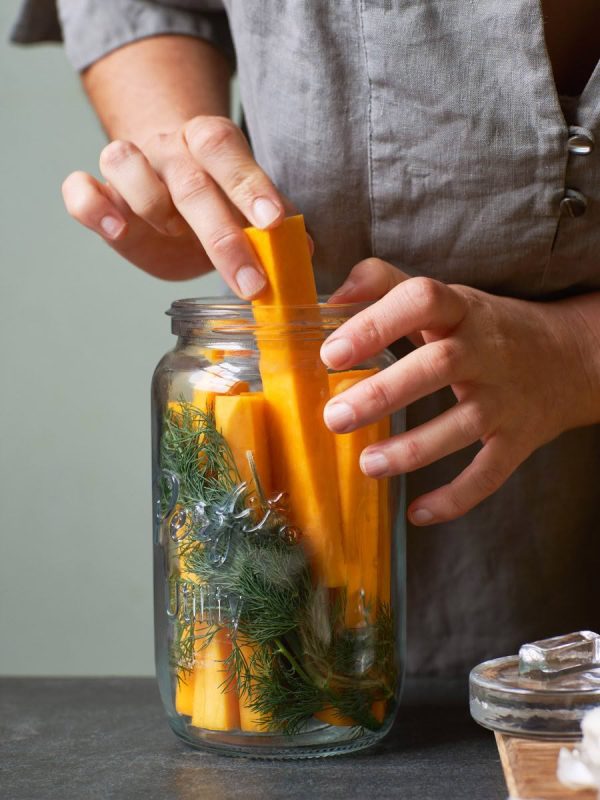Pickling Delicious
Summer is a time when produce is abundant and is the perfect opportunity to make healthy, nourishing and easy-to-grab home-made ferments. We get some expert advice from Niva and Yotam Kay for safe and delicious fermentation.

Home-made ferments are easy to make if you pay attention to a few little things, and with the abundance of produce available this time of year, experimenting with flavours and ingredients is a fun, affordable and delicious way to add these super healthy snacks and treats to your diet.
At this time of year, we love making delicious lacto-fermented dill cucumbers, kombucha ice blocks, honey wine (mead) infused with fruits and flowers, and home-made vinegar. For those of you who are just starting with making your own ferments, one of the most important things is to have fun and experiment!
Keep it clean
When fermenting, we want to make sure every tool, vessel and surface we are using is properly clean. The good news – all it requires is warm water and soap, or a warm cycle in the dishwasher. And don’t forget to wash your hands too.

Keep it under the brine
Whether you are making ferments or pickles, after making sure everything is clean, the next most important thing to stop mould and other harmful organisms from joining the party is to keep everything properly submerged. To do this, use a clean and smooth weight. This can be anything from a piece of ceramic, a smooth river rock, or a purposely bought glass weight.
Use quality ingredients
Your ferments are only ever going to be as good as the ingredients you use. We like to use fresh organic produce whenever possible, natural and non-iodised New Zealand sea salt and fair-trade spices.
Label everything
The opposite of forgetting is writing it down – especially when you are starting out, you want to label everything you make. This will help you learn from any mistakes you may have made and replicate your most delicious experiments. We usually record the date, the ingredients and any unusual variation we made (e.g. more or less salt than our standard recipe).
Keep it in sight
Out of sight, out of mind, so don’t put your ferments in a cupboard you never open. We like to have our ferments on a bench top in the kitchen, out of direct sunlight. This way we can check it on the regular, make sure everything stays submerged and readjust the weight or add extra brine if needed.
Niva and Yotam Kay are master gardeners, educationalists and passionate permaculturalists. They live and breathe their way of life on Pākaraka Farm in the Coromandel. For more fermenting advice grab a copy of their book The Abundant Kitchen, $49.99, published by Allen & Unwin.

